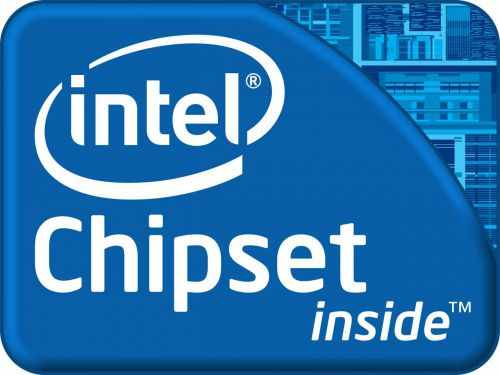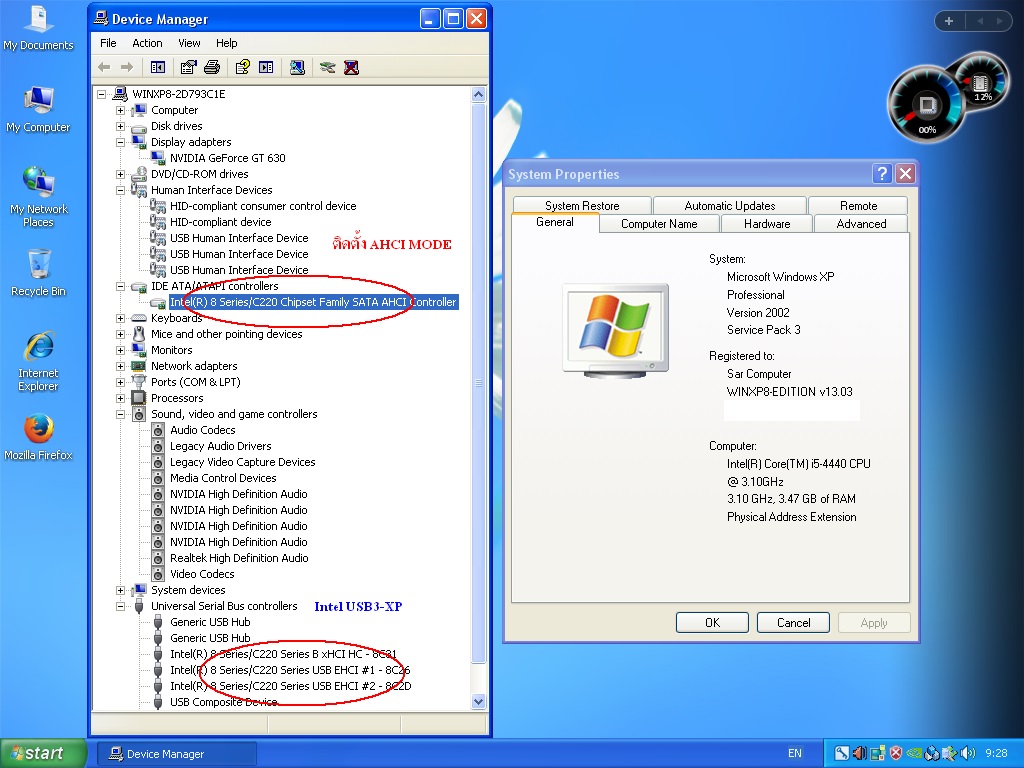
Then there are 2 options to update chipset drivers. In the Device Manager window, expand the System devices categories and right-click the chipset driver that you want to update, then select the Update driver option from the context menu. Right-click the Start menu and select Device Manager from the context menu. The first and simplest method to update chipset drivers is to use the Device Manager. Update Chipset Drivers Automatically in Device Manager You can update chipset drivers automatically in Device Manager or download and install it manually from its official website. There are 2 major ways to update motherboard drivers. Now, let’s see how to update chipset drivers Windows 10. Then you can visit the official website of your motherboard manufacturer to determine what type of chipset drivers your motherboard has. If you are unclear about the motherboard model and serial number, you can refer to this post. Prior to installing the chipset drivers, you would better have a look at your motherboard manual and operate properly. So, it’s crucial to update motherboard drivers for better system performance. The outdated chipset drivers will slow down your system performance. On This Page :Ĭhipset drivers have a significant impact on the communication between different components including the hard drives, system memory, etc.


How to update chipset drivers? This post from MiniTool will provide you with detailed steps. To improve your system performance, it is necessary to update chipset drivers timely. Chipset drivers play an important role in controlling communications between many components in your system.


 0 kommentar(er)
0 kommentar(er)
